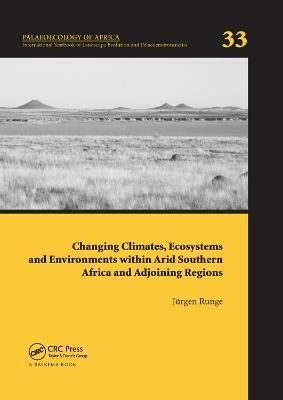Changing Climates, Ecosystems and Environments within Arid Southern Africa and Adjoining Regions(English, Paperback, unknown)
Quick Overview
Product Price Comparison
This book is volume 33 of the yearbook series 'Palaeoecology of Africa' presenting the outcome of a 'tribute conference' to the internationally recognized South African researcher and palynologist Professor Louis Scott. He has recently retired, but is continuing his active research career. The conference proceedings and articles published here highlight and celebrate Prof. Scott's contribution to palaeoscience and to the natural sciences in general. The conference was organized in July 2014 by the National Museum, Bloemfontein and the University of the Free State, South Africa, and focused on both past and present environments, ecosystems and climates of the arid regions of southern Africa, an area that serves as major focus of Prof. Scott's research. Louis Scott's research interests include stratigraphic palynology, long-term continental environmental change during the Cainozoic, and interpretation of palaeoenvironmental records associated with archaeological sites. His research has contributed insights into the origin of our current environment by identifying long-term patterns of climate change. Results have been applied in numerical models of vegetation change in Africa and globally. The results of these studies are relevant across the fields of botany, geology, climatology, archaeology, anthropology and palaeontology. The chapters revisit and discuss the scientific work of Prof. Scott: among others the reconstructions of vegetation and climatic history in various areas of southern Africa, including the Tswaing Crater with a record of 200 000 years, that give insights into environmental conditions during the Last Glacial Period and the subsequent development of modern conditions. Some observations also provide key baseline information, contributing to understanding past human and environmental contexts and climatic change and the effects of global warming.


